1. Overly Themed Rooms

Rooms that stick too closely to a single theme—like “nautical bathroom” or “Parisian bedroom”—can feel gimmicky and dated. Gen Z prefers spaces that evolve and reflect their interests, not ones that look like a Pinterest board come to life. Themed decor often lacks depth and flexibility. It’s more costume than character.
They’re choosing eclectic, layered spaces that blend influences without being too literal. A nod to a style is fine—a full-blown theme is not. Authenticity beats kitsch every time. Let the vibe be subtle, not scripted.
2. Faux Farmhouse Everything

Shiplap walls, sliding barn doors, and distressed wood accents are starting to feel more theme park than timeless. Gen Z buyers see the overly rustic look as forced and inauthentic—especially in homes that aren’t remotely rural. It’s a style that’s been overdone and mass-produced. The charm has worn off.
They’re opting for more modern, eclectic, or vintage-inspired spaces that reflect their individuality. A touch of rustic is fine, but it needs to feel earned, not staged. The new farmhouse is subtler, cleaner, and less cliché. Think cozy, not kitschy.
3. Wall Decals with Words
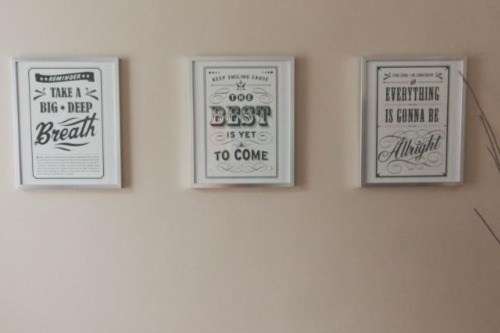
Inspirational quotes like “Live, Laugh, Love” or “Bless This Mess” plastered on walls are a hard no for Gen Z. They find them cheesy, overly sentimental, and lacking in originality. It feels like decor with training wheels—too obvious and too impersonal. The message is clear, but the style is tired.
Instead, they’re embracing art that sparks thought or emotion—photography, abstract prints, or even DIY pieces. Words are fine, but they want them in books, not on walls. Subtlety and authenticity win out. Less slogan, more soul.
4. All-Gray Interiors
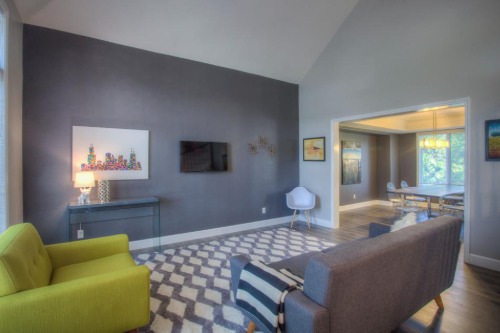
Once the go-to neutral for modern homes, gray-on-gray palettes are now being seen as cold and uninspired. Gen Z buyers are craving warmth, personality, and color—something gray just doesn’t deliver. It feels like a leftover from the early 2010s, not a reflection of today’s more expressive design sensibilities. The vibe is more “corporate rental” than cozy retreat.
Instead, they’re leaning into earthy tones, soft greens, and warm neutrals that feel grounded and inviting. Color is back, but in a more natural, lived-in way. Gray isn’t gone forever—but it’s no longer the default. It needs contrast and context to stay relevant.
5. Open Shelving in Kitchens
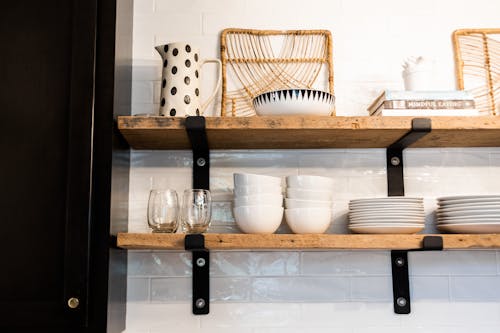
Open shelves had their moment, but Gen Z is over the constant pressure to keep dishes perfectly styled. It’s impractical for everyday life and can make kitchens feel cluttered and chaotic. Dust, grease, and visual noise are real concerns. The aesthetic just doesn’t justify the upkeep.
Closed cabinets with clean lines and smart storage are making a comeback. Function is just as important as form—if not more. Gen Z wants kitchens that work hard and look good doing it. Not ones that require daily rearranging.
6. Matching Furniture Sets
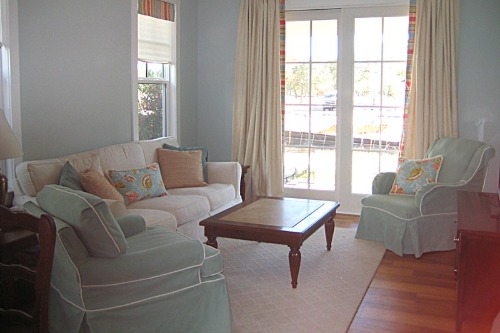
Buying the entire living room or bedroom set in one go might seem convenient, but it screams “starter apartment” to Gen Z. It lacks personality and makes a space feel flat and overly coordinated. They want their homes to look collected, not copied. Uniformity is out, and individuality is in.
Mixing styles, eras, and textures creates a more layered, interesting space. A vintage chair next to a modern sofa? Yes, please. It’s about curating, not matching. The goal is a home that tells a story—not one that looks like a showroom.
7. Overly Minimalist Spaces
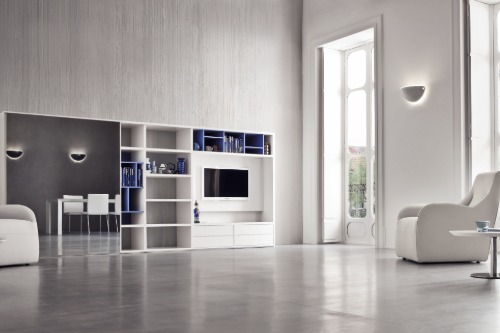
While minimalism had its moment, Gen Z is craving more warmth, texture, and personality. Stark white walls, sparse furniture, and bare surfaces can feel cold and uninviting. It’s not that they want clutter—they just want character. A home should feel lived-in, not like a museum.
They’re embracing “soft minimalism” or “warm modern” styles that balance simplicity with comfort. Think cozy throws, layered lighting, and meaningful decor. Minimal doesn’t have to mean empty. It just needs a little soul.
8. Industrial Everything
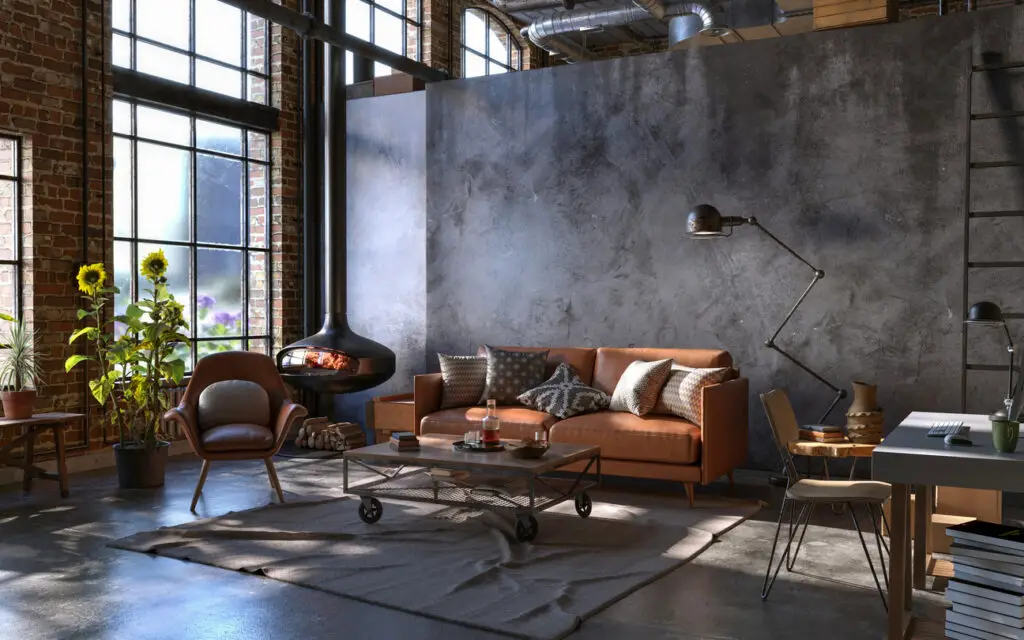
Exposed pipes, concrete floors, and Edison bulbs were once the height of cool—but now they feel a bit harsh and overdone. Gen Z buyers are moving away from the gritty, warehouse aesthetic in favor of softer, more organic materials. Industrial can feel cold and impersonal if not balanced well. And many are simply tired of the look.
They’re gravitating toward natural wood, curved lines, and cozy textures. If there’s metal, it’s mixed with warmth. The new industrial is more refined and less raw. Comfort is the new cool.
9. Wall-to-Wall Carpeting
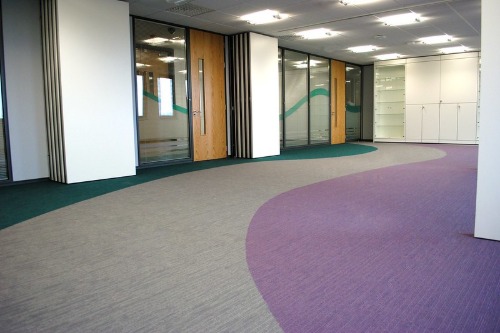
Carpet in every room used to be standard, but Gen Z sees it as outdated and hard to maintain. It traps dust, stains easily, and lacks the clean look of hardwood or tile. Even in bedrooms, many prefer rugs over full carpeting. It’s about flexibility and cleanliness.
They’re opting for hard flooring with layered rugs that can be swapped out or cleaned easily. Texture is still important—but it needs to be practical. Wall-to-wall just doesn’t cut it anymore. Especially when there are so many better-looking options.
10. Overuse of Faux Plants
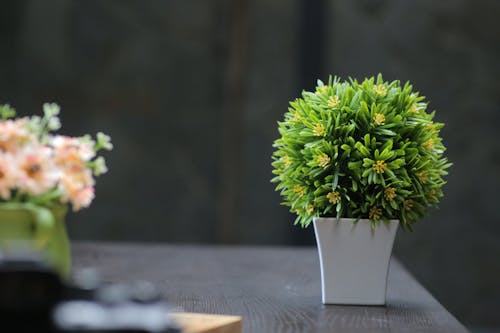
A few faux plants can add greenery without the upkeep—but when every corner is filled with plastic leaves, it starts to feel lifeless. Gen Z values authenticity, and that extends to their decor. They’d rather have one real plant than ten fake ones. The difference is noticeable.
They’re embracing low-maintenance real plants like snake plants, pothos, or ZZ plants. It’s about bringing life into the home, not just the illusion of it. A little dirt under the fingernails is worth it. Real is always better than replica.
11. Granite Countertops with Busy Patterns

Granite was once the gold standard for kitchens, but the heavily speckled patterns now feel dated to younger buyers. Gen Z prefers cleaner, more subtle surfaces like quartz, butcher block, or even concrete. The busy look of traditional granite can overwhelm a space. It’s more distraction than design.
They’re drawn to materials that feel modern and understated. Texture and tone matter more than shine. The kitchen should feel calm and cohesive. Not like a countertop from 2005.
12. Overly Staged “Model Home” Looks
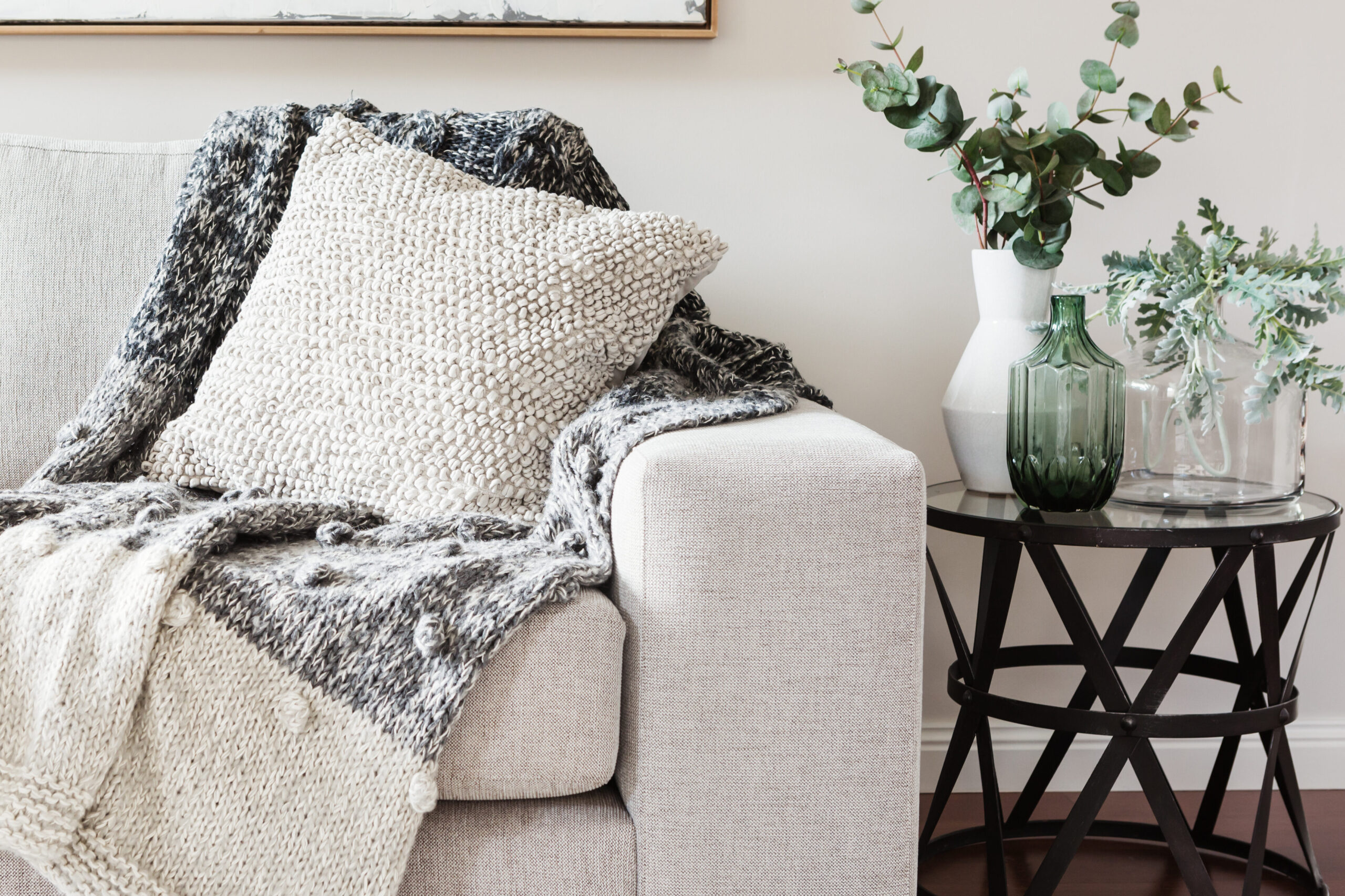
Perfectly styled trays, color-coordinated books, and untouched throw pillows might look good in photos—but Gen Z sees right through it. It feels artificial and unrelatable. They want homes that feel real, not rehearsed. A little mess is more honest than too much polish.
They’re embracing imperfection and individuality. A well-loved chair, a stack of real books, or a quirky thrifted find says more than a staged vignette. The goal is authenticity, not perfection. Real life is the new aesthetic.
13. Too Much White Everything
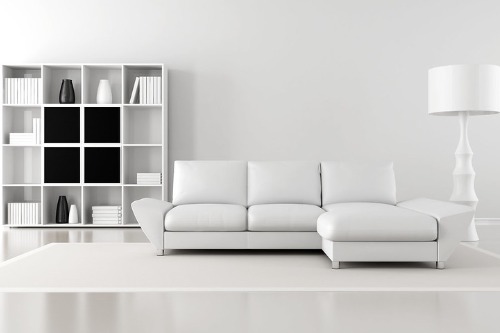
White walls, white furniture, white decor—it can feel clean, but also cold and clinical. Gen Z is craving more warmth, color, and texture in their spaces. All-white rooms lack contrast and can feel lifeless. It’s minimalism taken too far.
They’re bringing in earthy tones, bold accents, and cozy materials to create more inviting spaces. White still has a place—but it’s no longer the whole story. Balance is key. A little color goes a long way.
This post 13 Decor Trends That Gen Z Homebuyers Are Rejecting was first published on Greenhouse Black.
